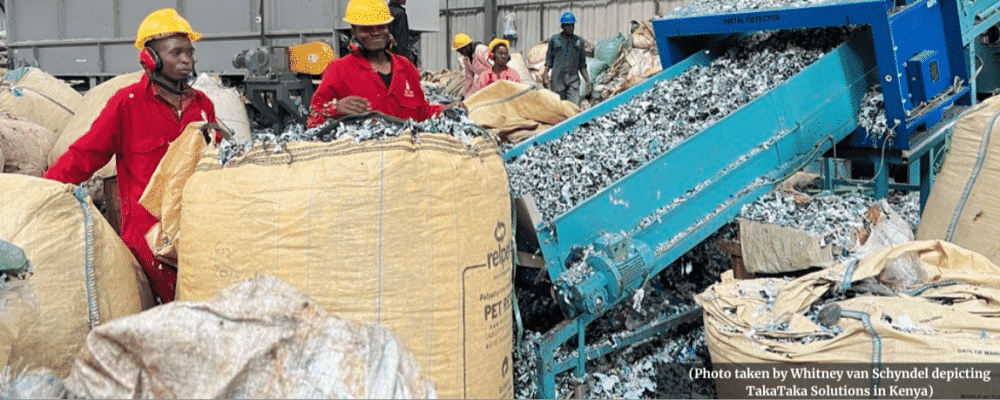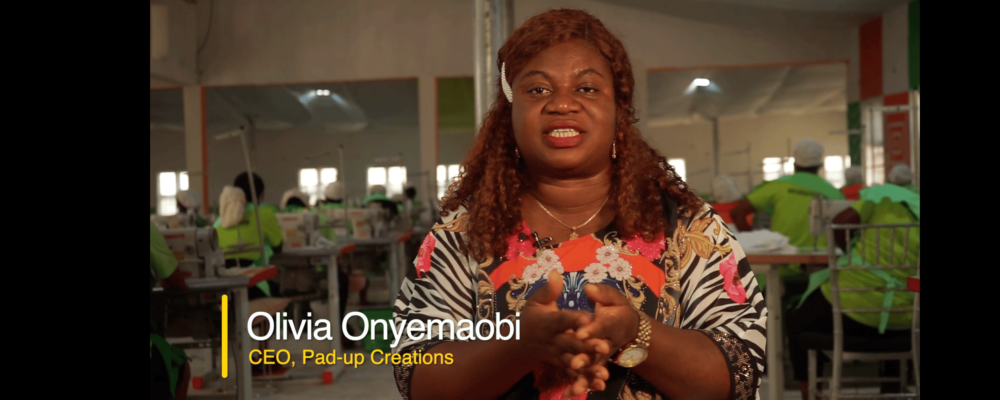
Creating more and better jobs is central to our work at the World Bank and a shared goal for virtually all countries —developed and developing alike. But oftentimes the policy debate turns to the cost and effectiveness of programs and projects in creating jobs.
As an example, I recently found myself in the middle of a discussion regarding a development project aimed at creating employment: one of the reviewers objected given that the cost per job created was too high. “More than $20,000 per job,” he said, comparing it to much lower numbers (between $500 and $3,000 per job) usually associated with active labor market programs such as training, job search assistance, wage subsidies, or public works.
But what is the rationale behind these numbers?
Contrary to an active labor market program (ALMP), which connects workers to existing jobs, or to public works that create low productivity jobs with earnings below the minimum wage, the project in question was promoting private investments to create new jobs in the formal sector.
Creating new jobs is not cheap
People tend to associate the cost of a job with the salaries and benefits paid to a worker. But for that worker to be able to do something useful, he needs to have the equipment and presumably a place where to operate. The business hiring the worker most likely will have to buy insurance and pay for different types of permits, plus basic services such as water and electricity. At the margin, adding a new job costs probably “only” the salary, a desk, and a computer. But for that job to be created, a new enterprise had to be established in the first place, with associated capital and operational expenditures.
Take the case of a coffee-shop in the United States. According to Crimson Cup Coffee, setting up a coffee shop with seating can cost between $80,000 and $250,000. Costs include rent, reserves for salaries and benefits, fees for architects and lawyers, equipment, raw materials, income taxes, and others. A coffee shop usually employs between three and seven people, meaning each job would cost between $25,000 and $35,000.
For a couple of countries, my colleague Mohamed Marouani – an Economist and Associate Professor at the University of Sorbonne– and I have used general equilibrium models to estimate the number of jobs that could be created in different sectors of the economy given a $10 million investment.
We were initially surprised: the numbers are not that large — just a couple hundred direct jobs.
For instance, in sectors like trade, wood, or construction, but less than a hundred in the electrical or the transportation sector (see chart). That is, again, about $30,000 per job. These numbers can double if you count the indirect jobs — those created due to the increased demand for inputs, goods, and services when a specific sector grows. But the indirect jobs require investments of their own, so cost per-job does not change much.

Number of direct and indirect jobs created following a US$10 million sectoral investment.
The fundamental question for policymakers trying to employ more people: how do I use limited public resources?
Do I allocate them towards active labor market programs, or do I use them to promote the creation of new businesses or the expansion of existing businesses?
The answer, of course, will depend on the nature of the problem. In a vibrant economy that is creating enough jobs and where the issue is merely to reduce frictional unemployment by helping job-seekers to connect to jobs, a government could be satisfied by supporting cheaper — well designed — active labor market programs. But when the problem is structural, when there are not enough jobs, at least not enough quality jobs, the government might not have another choice but to stimulate investments and job creation. Usually, this would involve boosting aggregate demand or investments targeting specific sectors.
Therefore, but rather the social rate of return associated with the intervention.
In a future post, we will discuss how to calculate this rate of return (and take into account social externalities of job creation) based on our note on cost-benefit analysis of jobs investment projects.











